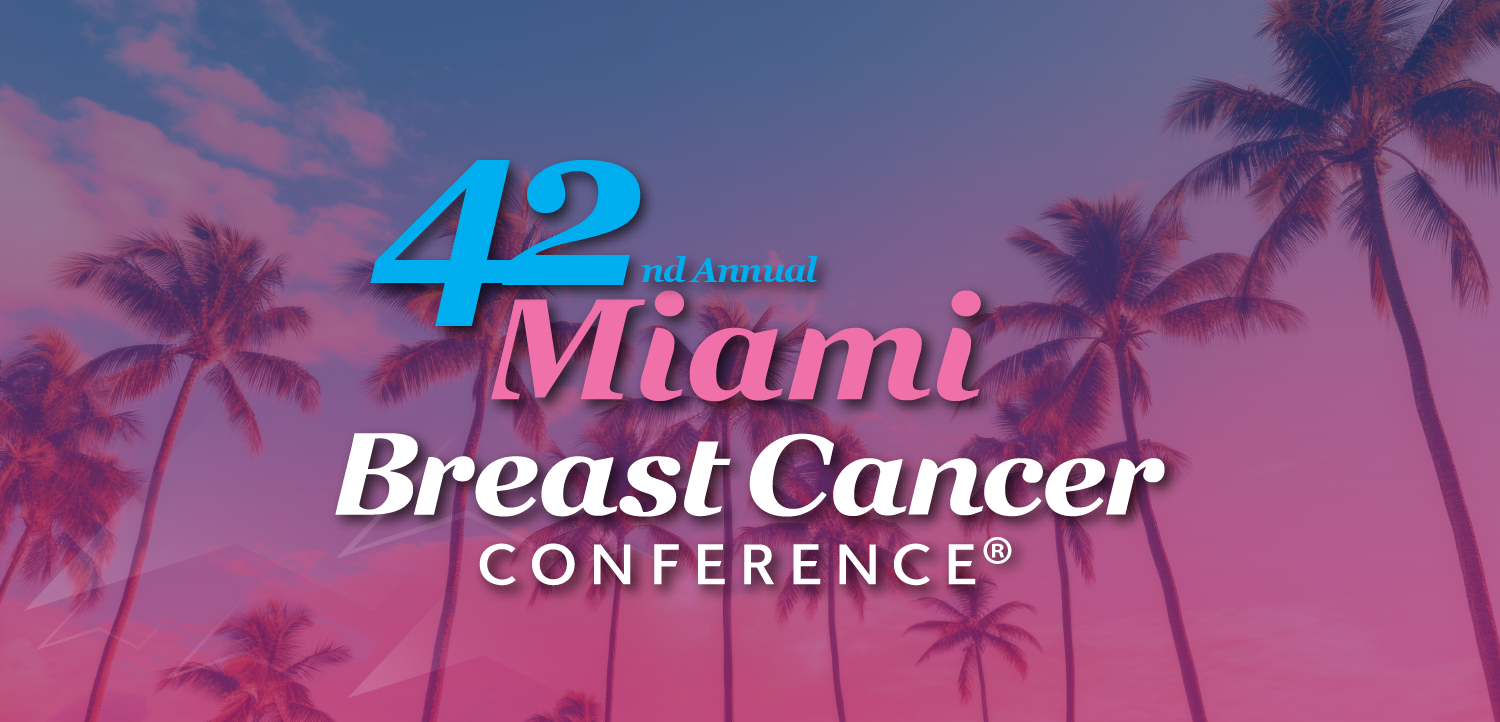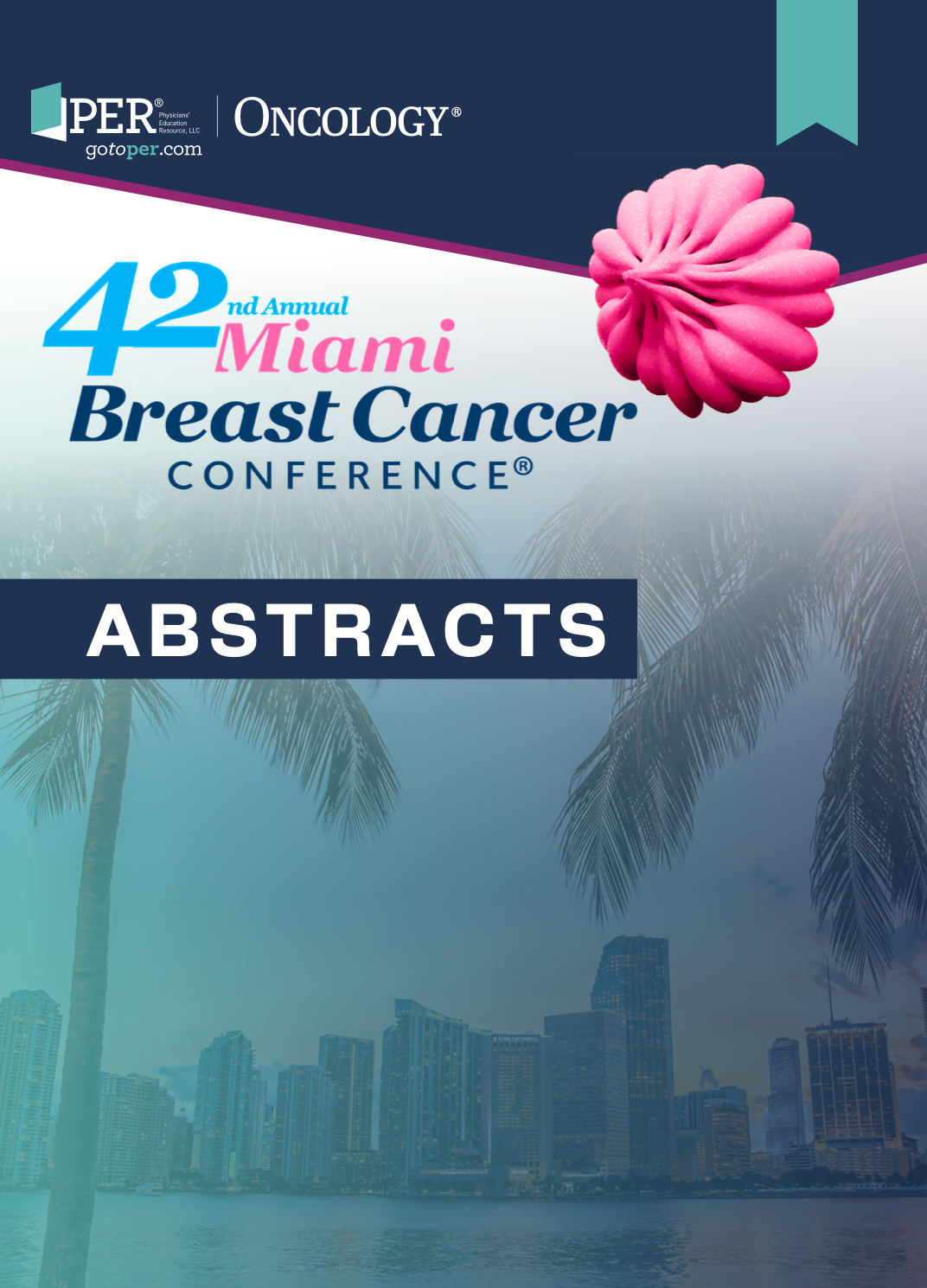65 The Outcomes of Nipple Sparing Goldilocks Mastectomy in a Primarily Overweight and Obese Population
65 The Outcomes of Nipple Sparing Goldilocks Mastectomy in a Primarily Overweight and Obese Population

Background
Women with higher body mass index (BMI) face increased risks of complications and suboptimal aesthetic outcomes after breast reconstruction, especially with implants. Traditional methods often require multiple surgeries using tissue expanders or autologous reconstruction. The nipple sparing Goldilocks mastectomy (NSGM) offers a safe, effective, single-stage alternative with favorable cosmetic results and simpler recovery. This study evaluates the intermediate outcomes of NSGM, focusing on complications and comorbidities affecting reconstruction.
Materials and Methods
This is a retrospective cohort study conducted at a single surgery practice. All subjects were screened and staged appropriately and underwent bilateral NSGM. Patients were monitored post-operatively for wound- and non–wound-related complications, partial areolar loss, complete nipple-areolar complex (NAC) loss, reoperations, and patient satisfaction.
Results
A total of 184 consecutive patients were included in this study, for a total of 368 individual breasts. Patients were followed for an average of 22.7 ± 12.0 months, had an average age of 56.7 ± 14.0 years, and an average BMI of 30.7 ± 6.5 kg/m2. Overall patient satisfaction post procedure was 9/10 ± 0.9. There were a total of 43/368 (12%) breast complications and 39 of 184 (21%) subjects had reoperations (Table 1). Partial areolar loss occurred in 8 of 368 (2%) breasts and complete NAC loss occurred in 4 of 368 breasts (1%). Smoking was an independently associated with post operative breast complications (OR, 2.42; 1.11, 5.28).

Table 1. Indications for Surgery, Complications, and NAC Loss

Conclusion
This retrospective study shows NSGM is a safe, effective option for women with overweight or obesity undergoing breast cancer treatment. With low complications and high nipple-areola complex preservation, it offers a promising alternative to traditional mastectomies, reducing surgeries and improving outcomes.
